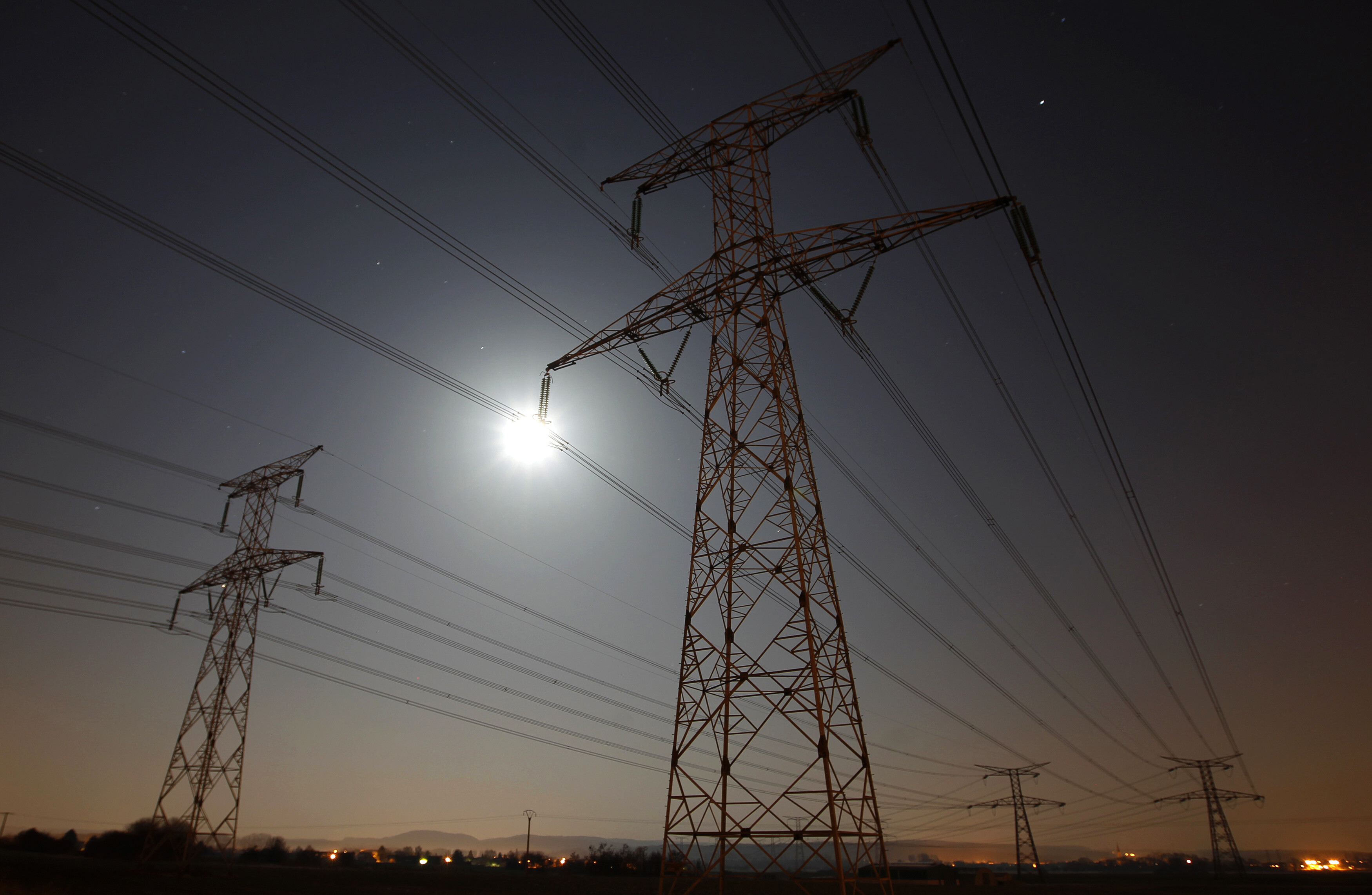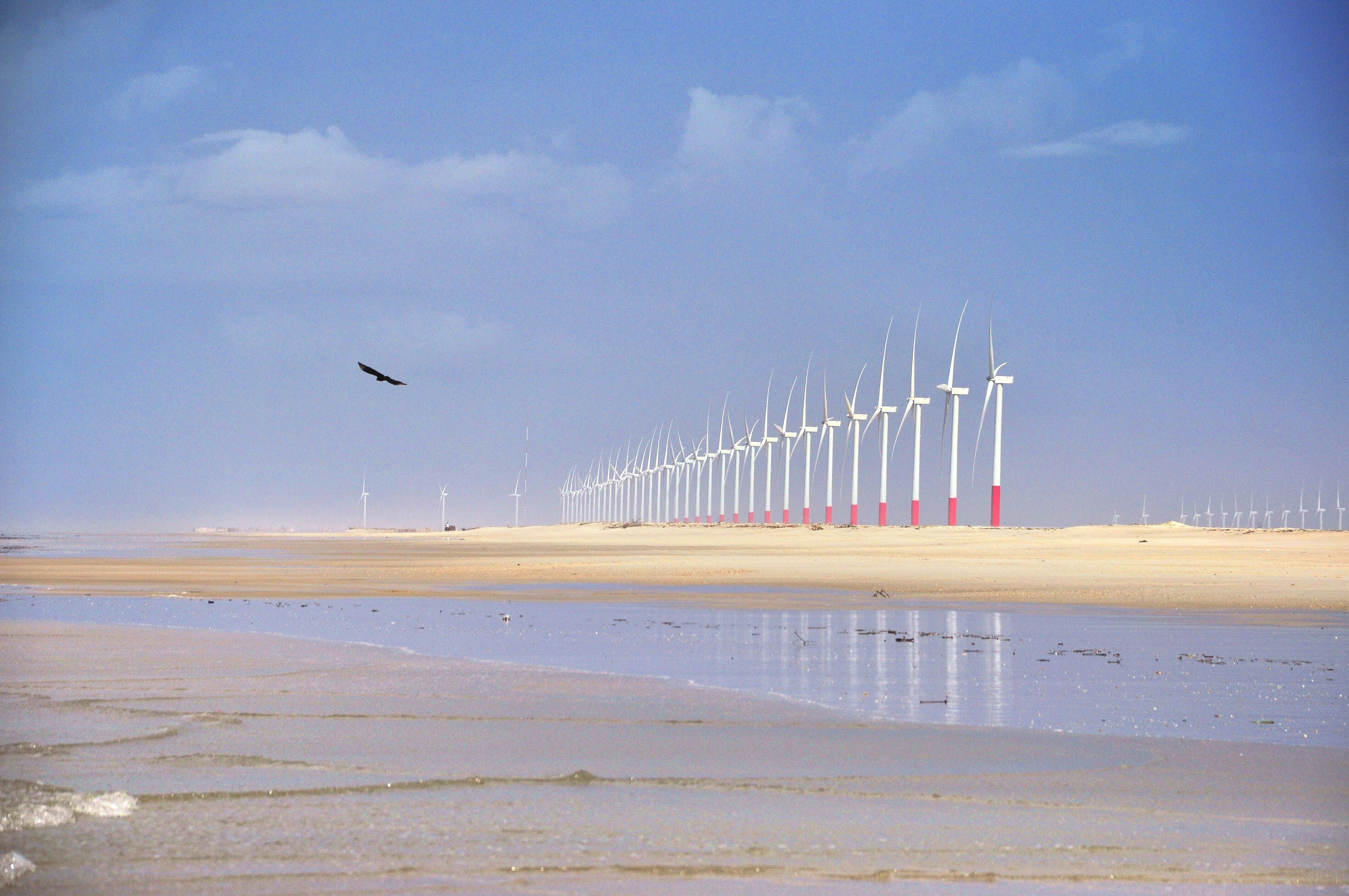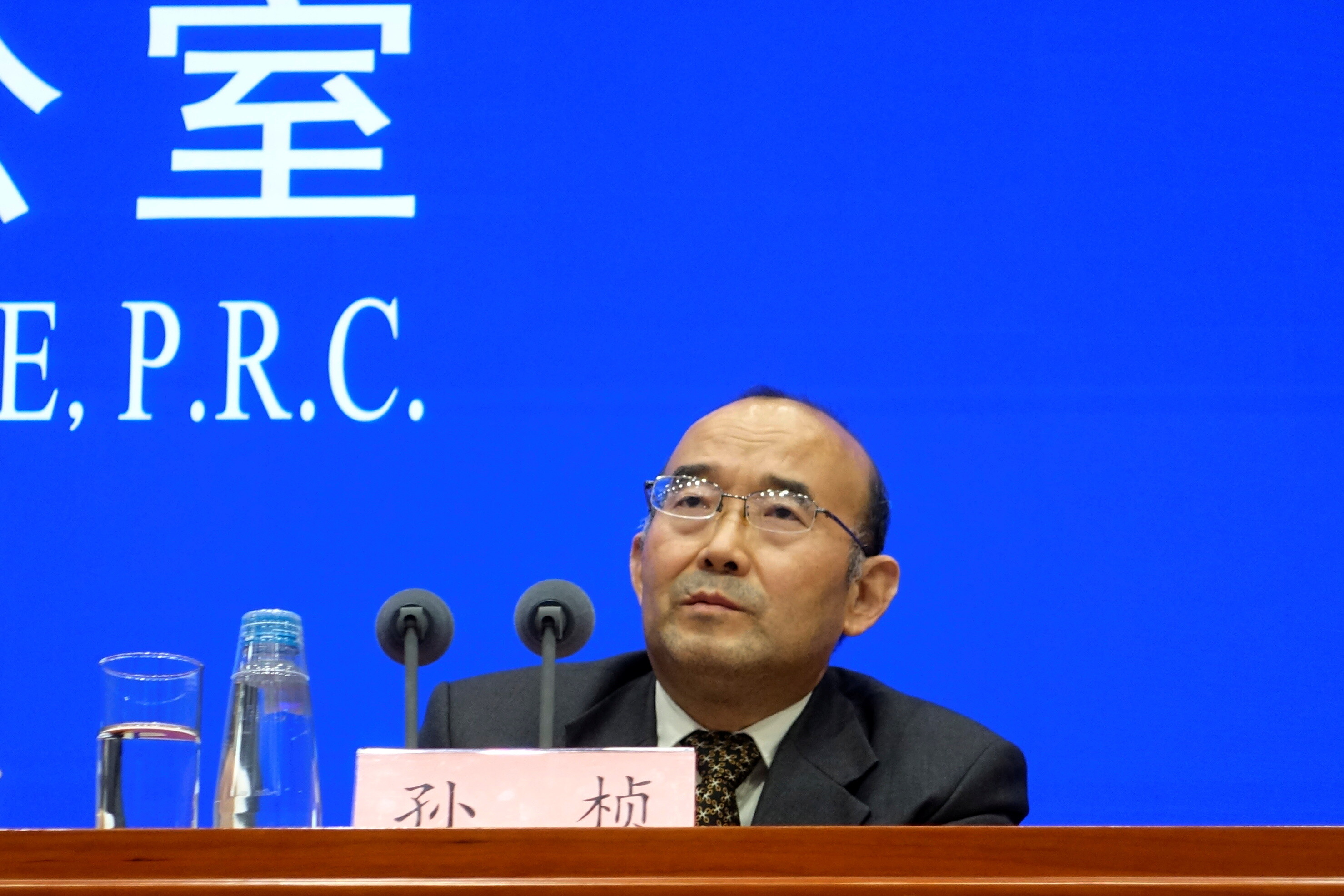Getting the energy balance in Myanmar right

Myanmar’s re-emergence into the global economy presents policy-makers with a series of fundamental dilemmas. As reforms are put into place, foreign investors and international energy companies are keen to capitalize on Myanmar’s abundant reserves of oil and natural gas.
While the attention on Myanmar’s oil and gas reserves is welcome, there should be a balance between the country’s domestic energy development and its international focus on export markets and imported expertise. Today, 74% of inhabitants lack access to electricity; population growth and rapid industrialization are thrusting demand for energy ever upwards. Therefore, balance must be sought through an integrated energy plan, a concept elaborated upon in a forthcoming report, The New Energy Architecture: Myanmar 2013, developed jointly by the World Economic Forum, Asian Development Bank and Accenture.
There is no denying the importance of foreign investment to Myanmar’s energy sector. The country has benefitted from partnerships involving some of the world’s biggest oil and gas operators, which bring their knowledge, equipment and experience.
But as foreign investors eye the recent bidding rounds for new oil and gas fields (the Government of Myanmar received over 75 letters of interest for 18 onshore blocks in January this year), some stakeholders are concerned about a lack of local involvement in the industry’s development. These views are documented in the report. It also includes concern about whether jobs and training will be available for people in Myanmar as well as the fear that much of the energy produced will be exported, at the expense of developing Myanmar’s own energy infrastructure.
An integrated approach to such occasionally competing interests should be the defining characteristic of the government’s formulation of an energy plan. Such an approach will seek to balance two linked sets of goals. First, there are those of the New Energy Architecture: economic growth and development, sustainability, and energy access and security. Second, it will balance the competing interests of key stakeholders: the Myanmar government, international energy companies, local businesses and the general public.
One of the issues yet to be addressed is how key stakeholders can quantify the opportunities present in Myanmar’s new investment environment, and equip themselves with the tools necessary to cope with a comprehensive and wide-ranging analysis of indicators and interests.
Both the government and international companies should look to develop robust supply and demand forecasting capabilities to gauge the scale of Myanmar’s production capacity and domestic requirements.
National energy companies should evaluate their opportunities for up and downward integration. Analyses of relative margins, supply chain optimization and operations assessments would offer national companies a platform for growth as the market opens up to new entrants. National energy companies should also reconsider their governance structures. A set of guiding principles should define responsibilities and pave the way for transparent financial transactions and open channels of communication.
Finally, new entrants need to devise market entry strategies, and include assessments of the dynamic trends in market activity as well as potential routes to entry, from joint ventures to M&As and partnerships.
Acquiring these tools is the first step that key stakeholders can take in finding an equilibrium between the competing interests inherent in Myanmar’s economic growth. Striking the right balance is not only central to fulfilling the aims of an energy architecture, but will also be the determining factor of Myanmar’s long-term economic development.
Author: Arthur Hanna is Senior Managing Director of Accenture’s Energy Industry Group.
Image: A man repairs a street light in Nay Pyi Taw REUTERS/Sukree Sukplang
Don't miss any update on this topic
Create a free account and access your personalized content collection with our latest publications and analyses.
License and Republishing
World Economic Forum articles may be republished in accordance with the Creative Commons Attribution-NonCommercial-NoDerivatives 4.0 International Public License, and in accordance with our Terms of Use.
The views expressed in this article are those of the author alone and not the World Economic Forum.
Stay up to date:
Future of the Environment
Related topics:
Forum Stories newsletter
Bringing you weekly curated insights and analysis on the global issues that matter.
More on Energy TransitionSee all
Roberto Bocca
November 17, 2025






